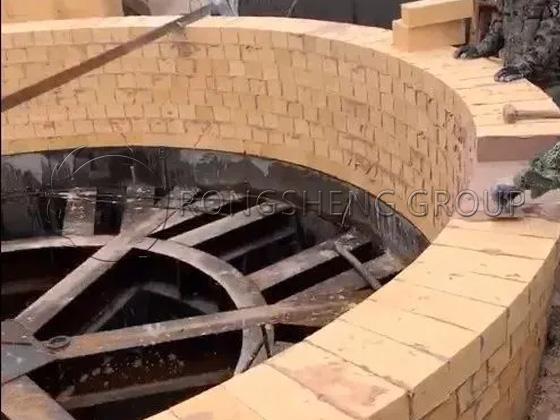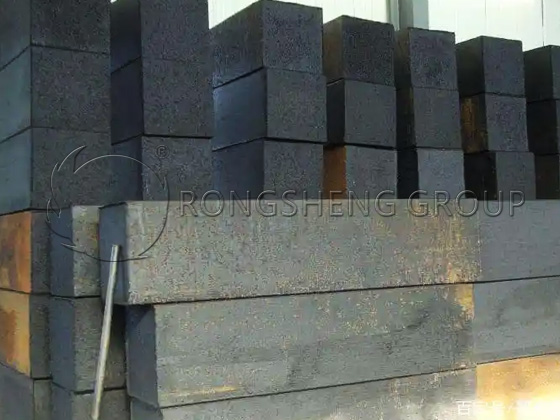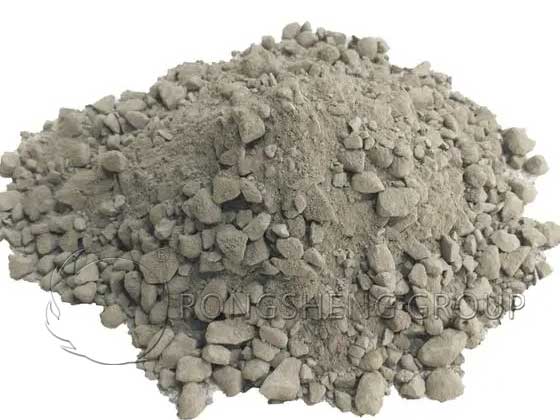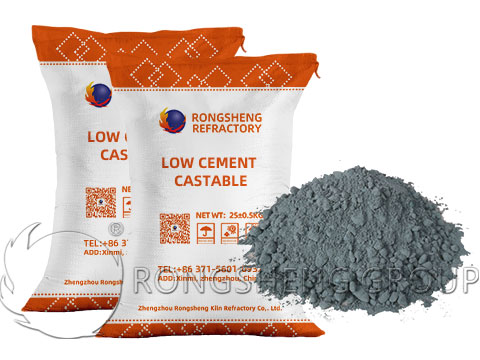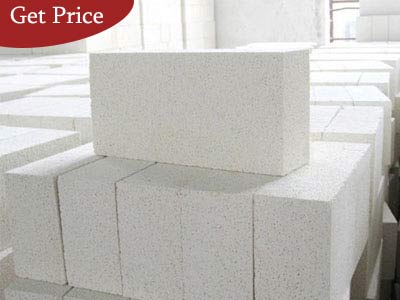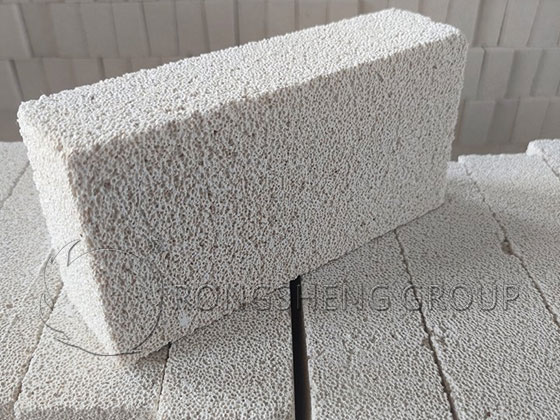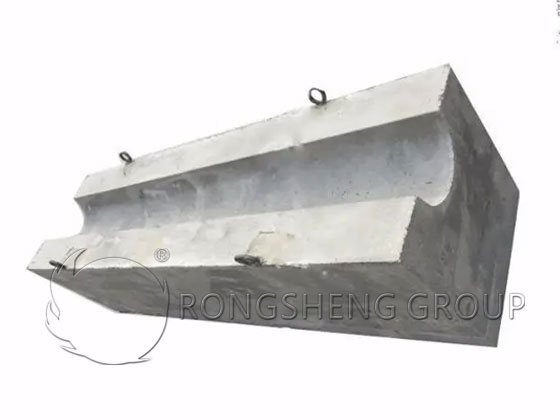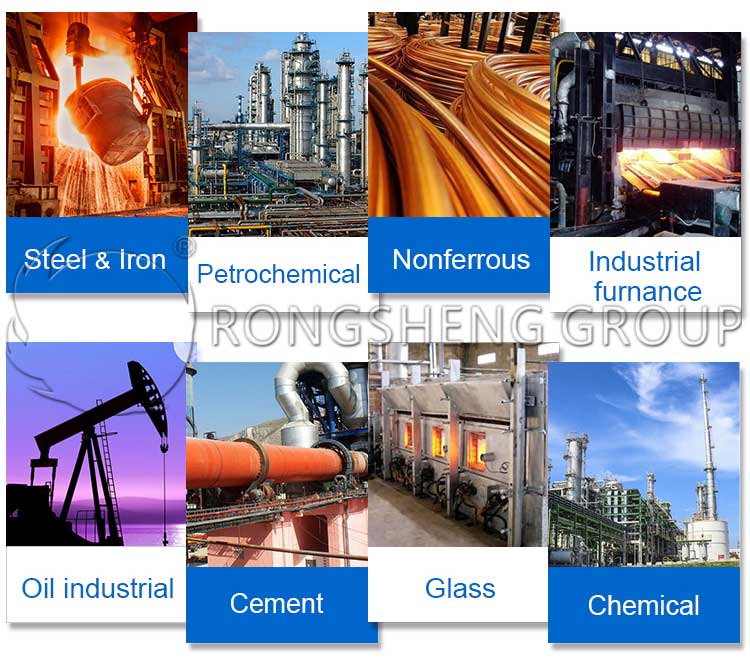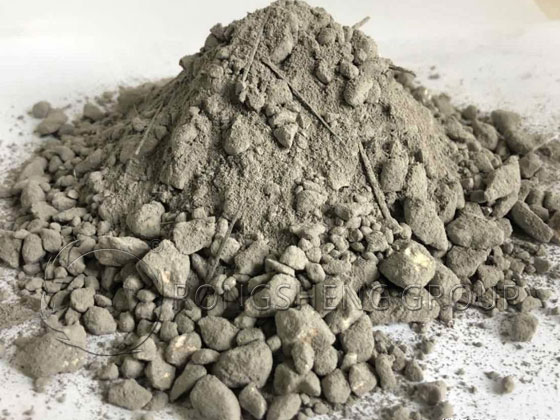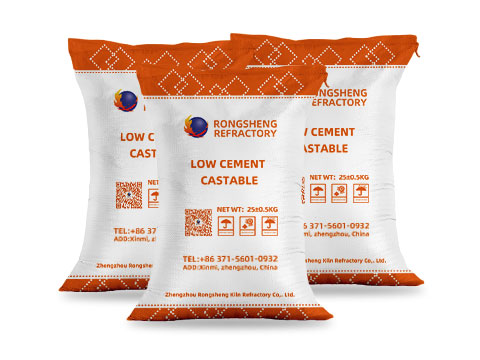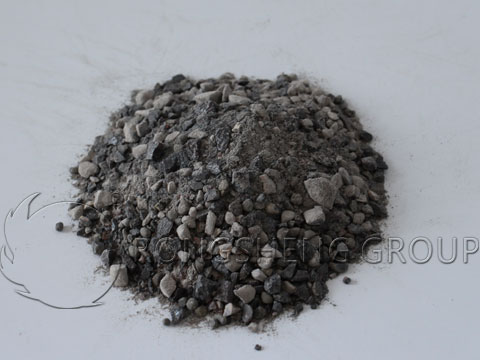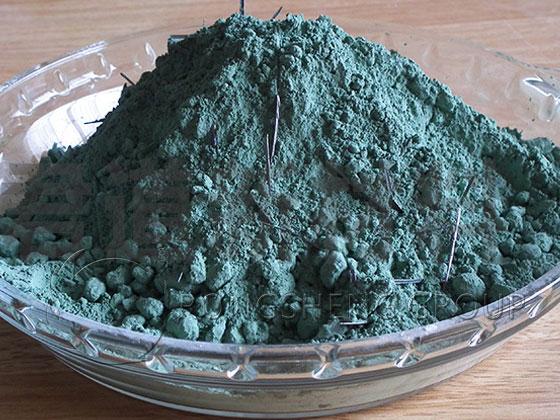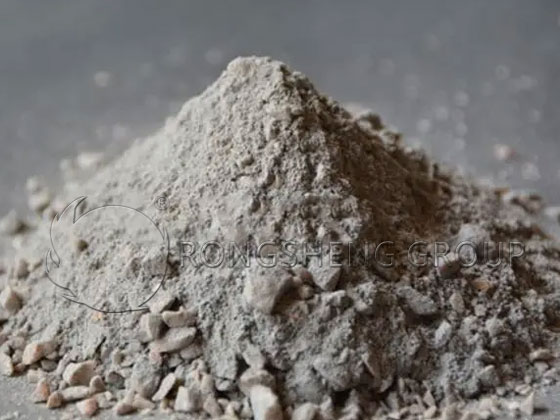During the operation of the blast furnace, due to improper operation or different degrees of resistant material erosion, local cooling walls may burn out or wear and leak. Carbon bricks will undergo brittle fracture at a temperature of about 800°C. For cooling walls above the tuyere zone, the cooling walls can be quickly replaced by stopping the wind and lowering the material line or by emergency repair, and the lining can be hot-sprayed. Once the cooling wall in the furnace area leaks, the internal carbon bricks are soaked in water, or the carbon bricks are brittlely fractured, and heat conduction is blocked, there will be a risk of iron leakage from the furnace, causing major accidents. At present, the repair of carbon bricks in the furnace is generally to stop the furnace and clean the furnace. After replacing the cooling wall, carbon bricks are laid from the inside or high thermal conductivity materials are poured. The maintenance cycle lasting more than 20 days is inefficient and greatly affects the rhythm of blast furnace smelting.
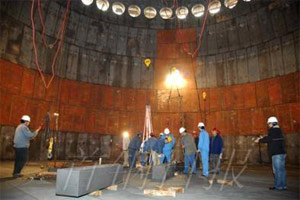
In order to solve the defect of long repair period, a national new patent technology was developed – a repair method for damaged cooling staves and carbon bricks for blast furnace hearth after water immersion or brittle fracture. This repair method has the following characteristics:
- First, the furnace skin at the damaged cooling stave is cut off and the damaged cooling stave is removed, the damaged carbon bricks are removed, and a new cooling stave and a new furnace skin are installed. There is a gap between the new cooling stave and the surrounding cooling staves. The lower part of the new furnace skin is provided with a first grouting hole, the middle part is provided with a second grouting hole, and the top is provided with an exhaust hole.
- Second, the grouting pipe is passed through the first grouting hole and the new cooling stave in turn, and the pipe mouth is extended into the gap between the new cooling stave and the carbon brick after the gap between the surrounding cooling staves. The high thermal conductivity castable is injected through the grouting pipe at a certain pressure and begins to fill the gap between the new cooling stave and the carbon brick. During the injection process, the high thermal conductivity castable is injected into the gap between the new cooling stave and the surrounding cooling staves through the gap between the new cooling stave and the new furnace shell.
- Third, observe the filling situation from the second grouting hole. When the high thermal conductivity castable spreads to the same height as the second grouting hole, stop filling and seal the first grouting hole.
- Fourth, after the grouting pipe passes through the second grouting hole and the gap between the new cooling wall and the surrounding cooling wall in turn, the pipe mouth extends into the gap between the new cooling wall and the carbon brick. Pour the high thermal conductivity castable through the grouting pipe at a certain pressure and start filling the gap between the new cooling wall and the carbon brick. During the filling process, the high thermal conductivity castable is poured into the gap between the new cooling wall and the surrounding cooling wall into the gap between the new cooling wall and the new furnace shell.
- Fifth, observe the filling situation from the exhaust hole. When the high thermal conductivity castable spreads to the same height as the exhaust hole, stop filling. Seal the second grouting hole and the exhaust hole.
The repair method has achieved the following beneficial effects:
- First, the repair cycle of damaged cooling walls and carbon bricks is greatly reduced, and the repair can be completed in only 1 day.
- Second, it ensures that each layer of gaps is fully filled, thereby ensuring normal heat transfer and gap-free insulation.
- Third, the maintenance cost is extremely low, and only normal grouting is required.
- Fourth, the economic benefits of blast furnaces are greatly improved, and the market prospects are extremely broad.

